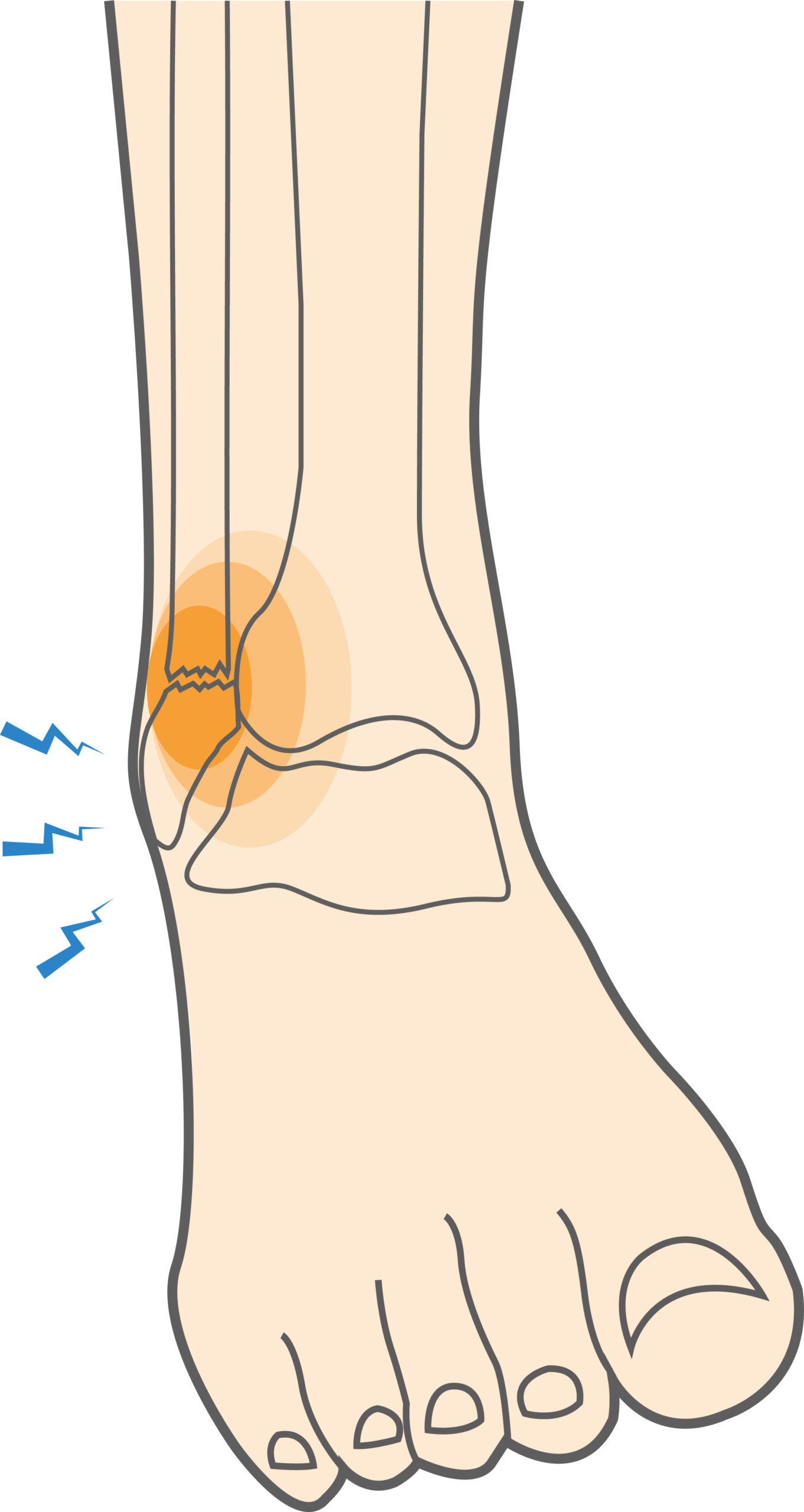A stress fracture, sometimes called a hairline fracture, is a small crack that doesn’t go all the way through your bone. Stress fractures of the fibula, the smaller of the two bones in the shin, are rare injuries but may in athletes. This injury is usually caused by overuse and can significantly interfere with exercise and sports activity.
Stress Fracture of the Fibula Causes, Symptoms & Treatment
A stress fracture, sometimes called a hairline fracture, is a small crack that doesn’t go all the way through your bone. A stress fracture of the fibula, the smaller of the two bones in the shin, is a rare injury but may occur in athletes. This type of overuse injury is usually caused by repetitive strain and can significantly interfere with exercise and sports activity, often presenting as lower leg pain.
Overview
Overview

What causes Stress Fracture of the Fibula?
Stress fractures of the fibula are typically caused by too much stress placed on the fibula and surrounding muscles. This injury usually happens due to repetitive, high-impact exercise over a long period of time. Athletes may be at greater risk when they initiate a new training program or increase the volume or intensity of their normal running or exercise regimen. The repetitive motion and strain on the lower limb can lead to fibular shaft stress, especially when proper rest and recovery are not maintained.
Runners and athletes are at greatest risk for this fibula overuse injury. Stress fractures of the fibula are most common in these sports:
- Short distance running/sprinting
- Cross-country running
- Basketball
- Soccer
Symptoms
Pain is the most common symptom of a stress fracture of the fibula. Pain usually starts gradually and becomes localized on a small area on the outside of the leg. Typically, pain is first noticed toward the end of intense exercise but gradually begins to occur earlier on. Common symptoms also include:
- Pain that gets worse with activity
- As the condition progresses, pain whose intensity and duration gradually increase
- Localized swelling
When to see a doctor
If your pain is localized in one part of your outer leg and continues to get worse, you should see your doctor for an examination. Your doctor will examine your leg and ask you to identify the focal area of pain and whether it gets worse with activity. An X-ray may be ordered, though it’s important to understand that because stress fractures, including a fibula shaft fracture, may be very small, they do not always show up on an X-ray, especially soon after the injury. Other imaging tests, such as a bone scan or magnetic resonance imaging (MRI) test, may also be ordered to help confirm the diagnosis.
Non-operative treatment
Treatment for a stress fracture of the fibula focuses on pain relief and allowing the fibula to heal. This can usually be accomplished through non-surgical treatments. Conservative treatments include:
• Rest from activities and sports that place stress on the lower leg.
• Wearing a walker boot, with or without crutches, until pain resolves
• Applying ice for 15 minutes two or three times daily, especially after any activity
• Nonsteroidal anti-inflammatory drugs (NSAIDs), such as ibuprofen and naproxen, to help relieve pain and inflammation
Surgical Treatment
Surgery is generally not needed for a stress fracture of the fibula. In very rare cases, your doctor will advise if surgery is a treatment option you should consider.
Recovery
Rest from activities that place stress on your leg , giving it time to heal, will be the most important part of your recovery. If you’re a runner, that may mean no running for four to six weeks, and often several months. Your doctor and physical therapist can guide you on gradual return to play, such as less intense and frequent activity, and running on softer surfaces. Substituting less stressful activities, like swimming, into your exercise regimen can help you stay active and build strength during your rehabilitation period. Physical therapy exercises to strengthen muscles and tendons of the lower leg will also be an important part of your recovery. Athletes will be at greater risk for recurrent fractures, so taking steps like proper warm up and cool down as well as a diet rich in calcium will be important.
GET BACK TO WHAT YOU LOVE. FASTER
Frequently Asked Questions
How is a fibula overuse injury diagnosed if it doesn’t show on an X-ray?
If X-rays are inconclusive, doctors may recommend an MRI or bone scan to detect the fibular shaft stress fracture and confirm the diagnosis.
Can you walk with a stress fracture of the fibula?
Yes. While walking might still be possible,the pain usually worsens with activity.. Medical diagnosis is essential for proper management.
What’s the difference between a stress fracture and a shin fracture?
A stress fracture of the fibula is typically a hairline crack from overuse, while a shin fracture (tibia or fibula) from trauma is usually more severe and sudden.
How long does it take to recover from a fibula stress fracture?
Recovery generally takes 6–8 weeks with rest and limited weight-bearing, but the timeline may vary depending on the severity of the stress fracture of the fibular and individual healing rates.

